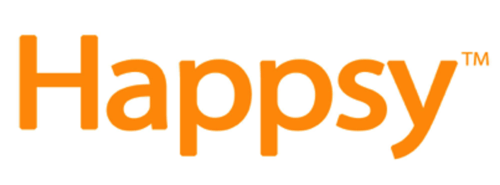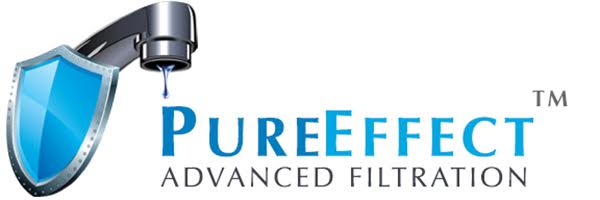The Need
Exposure to toxics is the number one health problem today. Every illness in every body system has now been associated with exposure to toxic chemicals in everyday consumer products.
In early 2010, the organization Safer Chemicals, Healthy Families released a report called “The Health Case for Reforming the Toxic Substances Control Act.” Based on more than 1200 studies, the report shows just how toxic chemicals are contributing to many widespread health problems and demonstrates how eliminating toxic chemicals from consumer products will reduce health care costs.
According to this study, 133 million people in the USA—almost half of all Americans—are now living with chronic diseases and conditions related to toxic chemical exposures, which now account for 70% of deaths and 75% of US health care costs. They calculate that if only a fraction of toxic chemicals were removed from consumer products, it would save the U.S. health care system an estimated $5 billion every year.
Toxics = Poison
The word toxic is an adjective that means “of, pertaining to, affected with, or caused by a poison.”
 A poison is “a substance that can—in sufficient quantity—injure or kill a body.”
A poison is “a substance that can—in sufficient quantity—injure or kill a body.”
A poisoning requires:
- a poison
- a body being exposed to a poison
- a toxic level accumulated in the body
- a resultant injury
If there is no poison, there is no poisoning.
Indeed, the number one rule in toxicology is “In case of poisoning, get the person away from the poison, or get the poison away from the person.”
And this is precisely why consumers need to know which products do not contain toxic chemicals.
Consumers Want Toxic Free Products But Don’t Know How to Choose Them
Millions of consumers are interested in purchasing toxic free products, but they don’t know how to evaluate products for toxic exposures. Even if they had the time, most consumers don’t have the background knowledge to choose toxic free products.
Most consumers:
- don’t know how to read labels, don’t understand how labeling laws differ from product to product, and don’t know how to find out what might be in the product that isn’t listed on the label
- don’t understand the ingredients listed on labels and don’t know where to find out what these ingredients are or the health effects associated with them
- don’t understand even the basics of toxicology
- don’t know how to read a Safety Data Sheet and don’t understand its benefits and limitations
- don’t know how certification programs work or what specific seals actually mean
- don’t know where to get information that can help them make informed decisions.
And most consumers don’t have the time to learn all this.
Most important, though, there is no need for every consumer to put in the time and effort to evaluate every product to find for themselves which contain toxic chemicals and which do not.
Consumers do want to purchase products that they trust to be free from toxics that can harm their health and the health of their loved ones.
There needs to be a central list of products from a trusted source, that have been assessed and determined to be toxic free, from which consumers can choose. And those products need written evaluations and identifying marks on labels to make them easy for consumers to identify.
Right to Know
There is a legal principle in the United States called “right to know” which states that an individual has the right to know the chemicals to which they may be exposed in their daily living. Even though this principle is embodied in federal law in the United States as well as in local laws in several states, it is limited to community and workplace and does not apply to consumer products.
If we have a right to know the toxic chemicals to which we may be exposed in our daily living in our communities and in the workplace, we certainly ethically have the right to know the toxic chemicals to which we may be exposed in consumer products we bring into our homes and live with. We as well as have the right to know which products do not contain toxic chemicals.
Many individuals and organizations are now working to strengthen federal regulations regarding toxic chemicals in consumer products. But there is no need to wait.
Over the past thirty years I have seen a real shift in the marketplace as a result of consumers demanding toxic free products and manufacturers providing them in response.
What is missing is manufacturer disclosure and consumer understanding.
The real solution to the problem of toxics in consumer products is for the manufacturing community to provide toxic free products made from toxic free materials. And to do so because it’s the right thing to do, regardless of regulations.
In order for this to happen, consumers need to buy toxic free products.
For consumers to buy toxic free products, they need to be able to find and identify them as being toxic free.
Debra Lynn Dadd Recommended Products is designed to help facilitate the communication between manufacturer and consumer, and move the marketplace forward into being toxic free.






